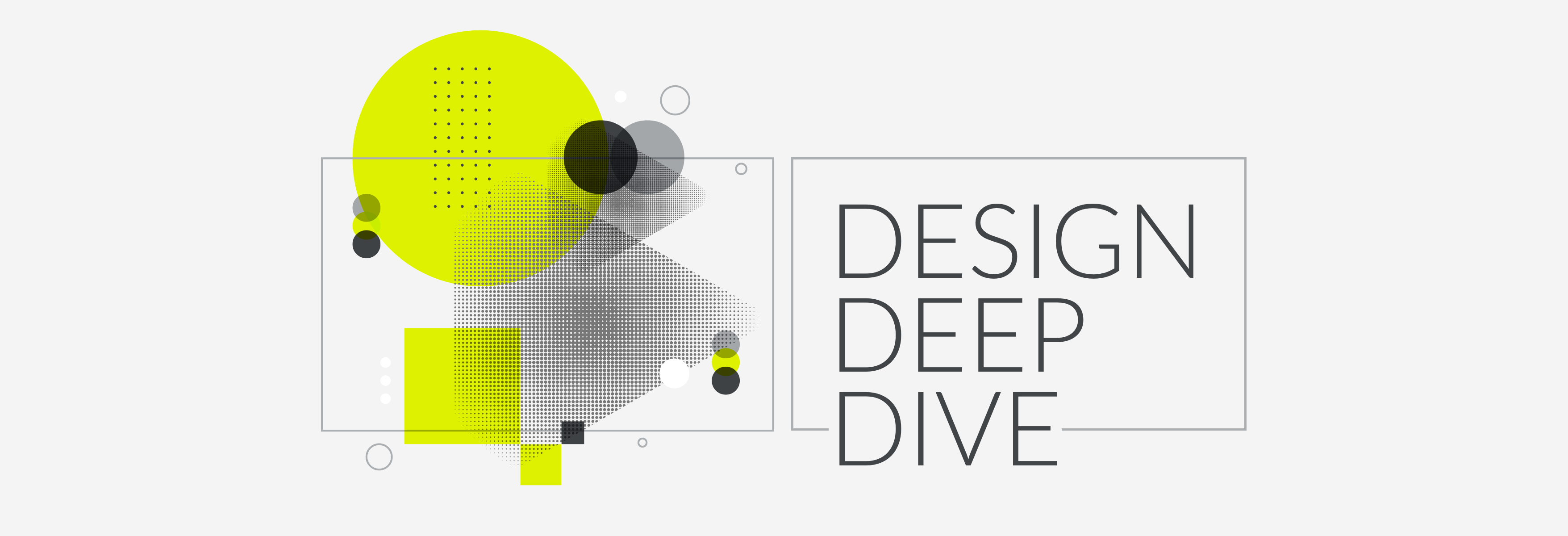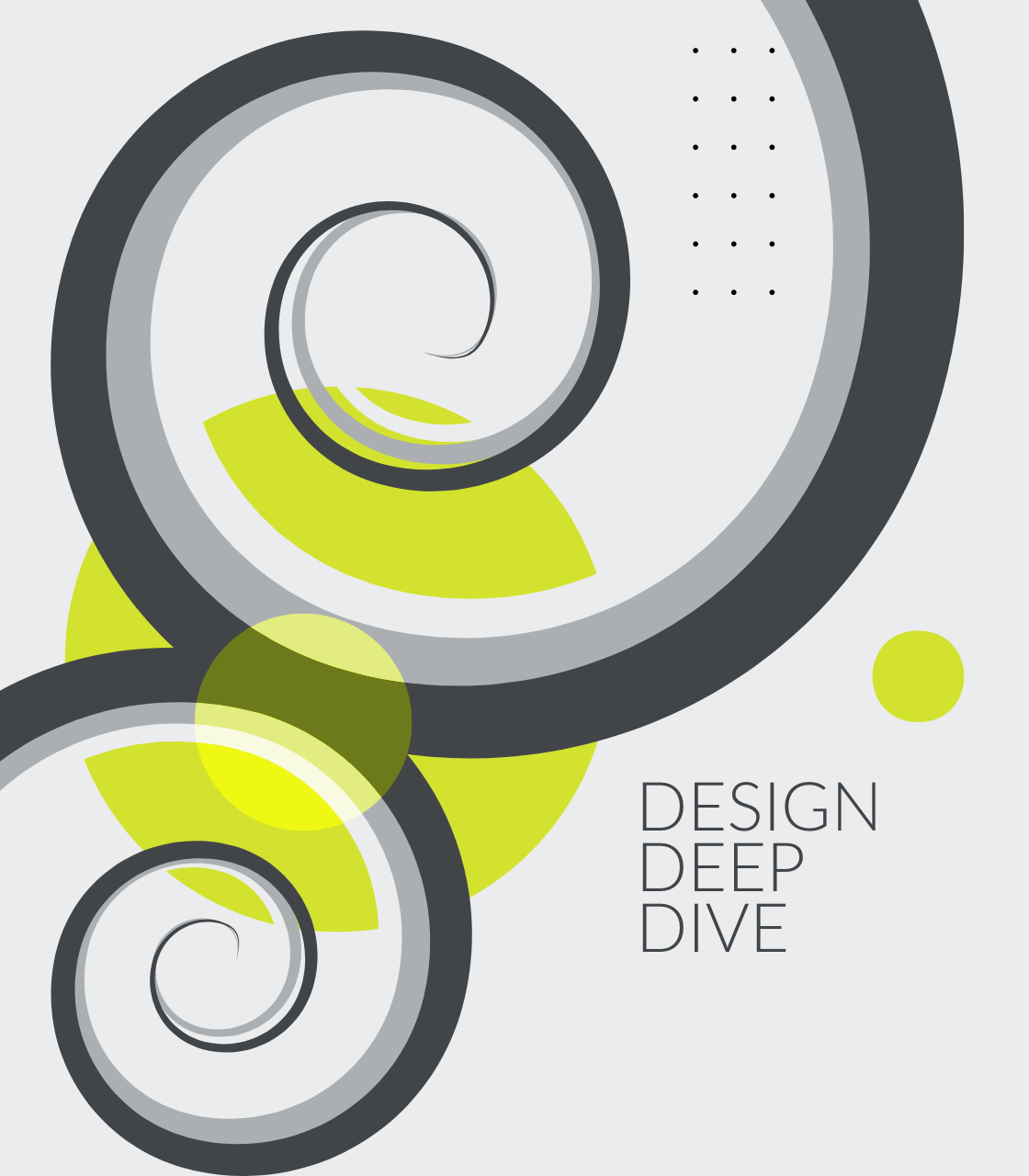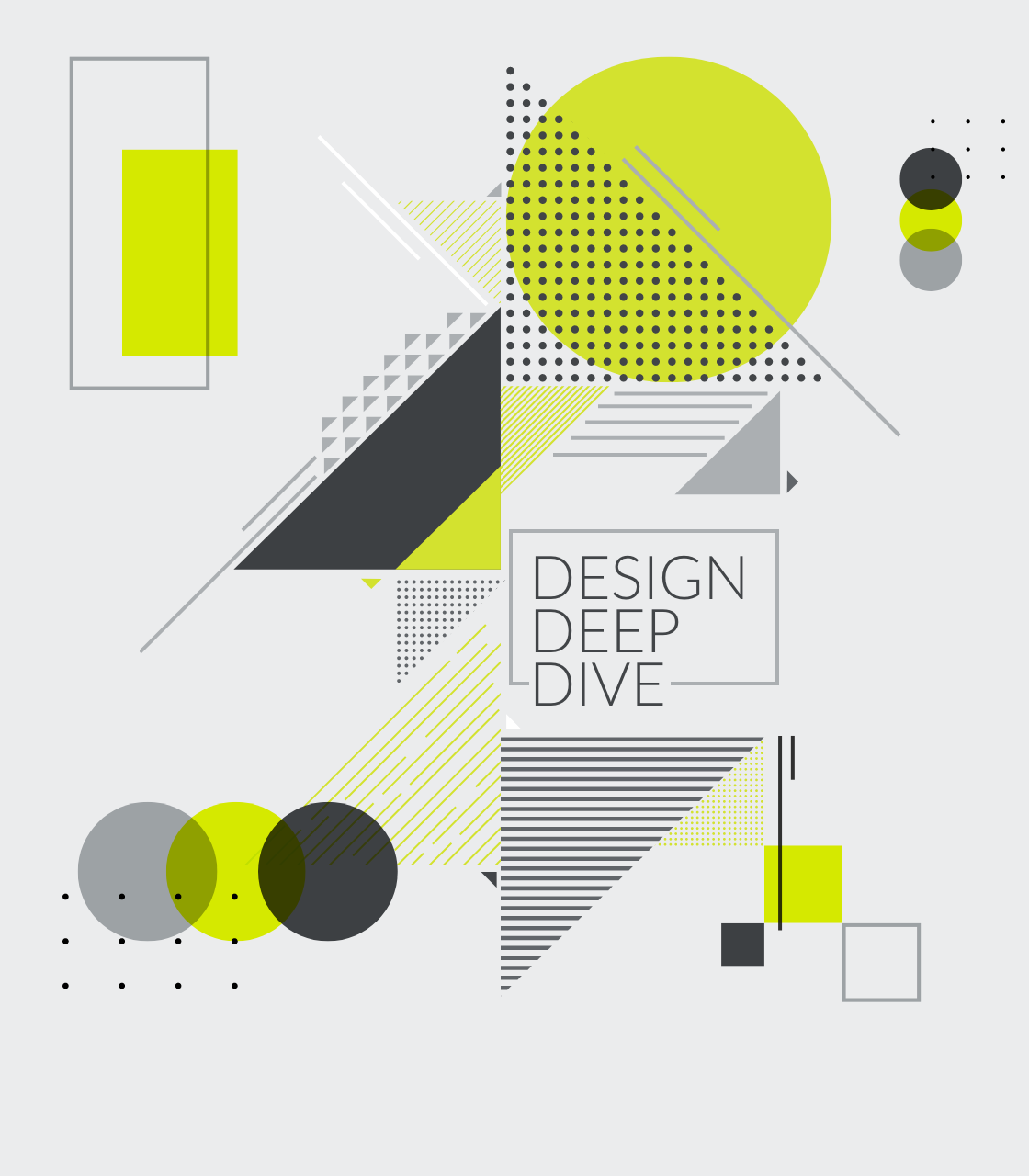
Buzz / 09 19, 2023
UNLOCKING THE POWER OF INTENTIONAL FRICTION: HOW UI/UX DESIGN SHAPES USER ACTIONS
Today, we uncover the ways in which intentional UI UX design choices shape users’ actions.
Get ready to unlock the secrets behind leveraging design to drive desired user behaviors. Let’s delve into the world of intentional friction, where deliberate obstacles guide users towards more thoughtful engagement.
Understanding the Business Drivers
Before you start to push those pixels, it’s crucial to understand the business drivers behind your design. Each organization has specific goals and objectives they want to achieve. By aligning your design with these business drivers, you can craft experiences that drive the desired user behaviors.
Whether it’s increasing conversions, encouraging sign-ups, or driving sales, design plays a pivotal role in achieving these goals. So, take the time to understand the business objectives and how your design can support them. It’s like having a compass that guides you toward success.
Intentional Friction: The Art of Controlled Obstacles
Let’s talk about intentional friction—an intriguing concept in UI UX design. It’s all about strategically incorporating barriers or obstacles that make it slightly more challenging for users to complete an action or task. Wait, what? Why would we intentionally make things harder for users? Well, it’s not as counterintuitive as it sounds.
Intentional friction can actually be beneficial. By adding controlled hurdles, we can shape user behavior, prevent hasty decisions, and ensure users engage with our design more thoughtfully. Imagine a user contemplating canceling your subscription to a popular streaming service like Netflix. As a product designer, you have the task of creating intentional friction to encourage users to reconsider their decision. Here’s an example of how intentional friction could be incorporated:
When users navigate to the account settings or cancellation page, instead of immediately presenting a simple “Cancel Subscription” button, you could introduce a friction-inducing step. You might include a brief questionnaire or a personalized message asking users about their reasons for canceling. This step prompts users to reflect on their decision and consider any issues they might have encountered.
Additionally, you could provide alternative options such as temporarily pausing the subscription, downgrading to a lower-priced plan, or exploring personalized content recommendations. These options inject a moment of hesitation, making users rethink the cancellation and potentially opt for a more favorable alternative.
To add an additional layer of friction, you might require users to confirm their cancellation by entering their account password or going through a brief identity verification process. While seemingly minor, this intentional friction creates a slight pause that invites users to reconsider their decision and encourages them to stick around.
By introducing intentional friction in the cancellation process, you not only prompt users to think twice about canceling but also provide an opportunity to address their concerns, retain their subscription, or at least gather valuable feedback to improve the service.
Friction for the Benefit of the User
By carefully implementing intentional friction, app designers can protect users from irreversible mistakes, enhance the user experience, and strengthen the overall security of the application.
Confirming Destructive Actions
Intentional friction benefits users through confirmation dialogs or pop-ups for destructive actions. When users attempt to perform actions like deleting important data, closing accounts, or making irreversible changes, a confirmation prompt can be displayed. This friction prompts users to confirm their intent and prevents them from accidentally proceeding with potentially harmful actions. For example, when a user attempts to delete a file in a document editing app, a confirmation dialog appears, asking them to confirm the deletion before proceeding.
Making Long Processes Feel Shorter
By breaking down a complex or time-consuming task into smaller, manageable steps with progress indicators, users perceive the process as more achievable and less overwhelming. For example, during a multi-step registration process in a mobile app, displaying a progress bar that tracks completion can make the process feel shorter and more manageable, encouraging users to continue until completion.
Increasing Security with Extra Steps
Through introducing additional verification or authentication measures, users’ accounts and sensitive information are better protected. For instance, when users attempt to reset their password in a banking app, a multi-factor authentication process may be implemented, requiring them to verify their identity through factors such as biometrics, SMS codes, or security questions. This intentional friction adds an extra layer of security and mitigates the risk of unauthorized access.
Remember, the goal of intentional friction is not to frustrate users but to engage them in a more thoughtful decision-making process, giving them a chance to explore alternatives and potentially change their minds.
Are you in need of UI UX design services? Reach out to our team to set up a discovery call and learn more about the solutions we can provide for your company.



